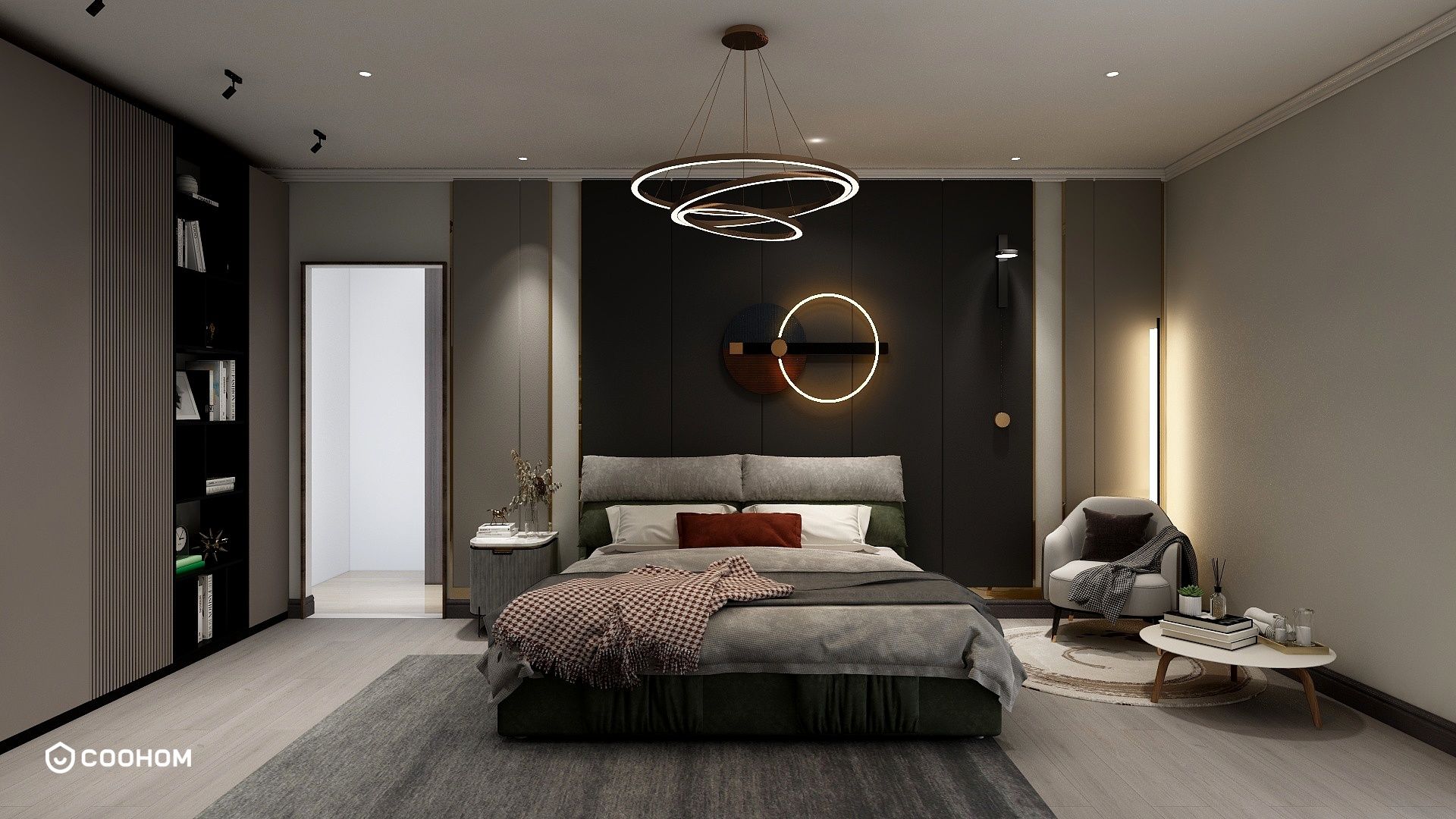What is the definition of interior design: Understanding the Essence and Importance of Interior Design

Interior design is more than just arranging furniture and choosing color schemes; it is a multifaceted profession that involves the art and science of enhancing the interior of a space to achieve a healthier and more aesthetically pleasing environment for the people using that space. The primary goal of interior design is to improve the quality of life and culture of the occupants while also being functional and aesthetically appealing. Interior designers work with various elements, including spatial planning, furnishings, color palettes, lighting, and even acoustics, to create a cohesive and harmonious environment. They must consider the needs, preferences, and lifestyles of their clients, ensuring that the interior spaces reflect their personalities and meet their practical needs. In addition to residential design, interior designers also work in commercial spaces, healthcare facilities, hospitality, and many other sectors, showcasing the versatility of the profession. They often collaborate with architects, builders, and other professionals to ensure that designs are not only beautiful but also structurally sound and compliant with regulations. Overall, interior design plays a crucial role in shaping the way we experience and interact with our environments, making it an essential aspect of modern living.
In recent years, the field of interior design has expanded to incorporate sustainable practices, focusing on eco-friendly materials and energy-efficient solutions that benefit both the inhabitants and the planet. This shift towards sustainability reflects a growing awareness of environmental issues and the impact of our choices on future generations. Interior designers are now challenged to create spaces that are not only stylish but also responsible, which adds another layer of complexity to their work. With the advent of technology, designers have access to advanced tools and software that allow for better visualization of their ideas. Programs like Coohom provide immense resources for interior designers, enabling them to create stunning 3D renderings and layouts that help clients envision their future spaces. This technology enhances communication between designers and clients, ensuring that the final outcome aligns with the original vision. As you explore the world of interior design, you will find that it is a constantly evolving field that adapts to trends, cultural shifts, and technological advancements. Whether you're a homeowner looking to refresh your space or a professional designer seeking inspiration, understanding the definition and scope of interior design is a vital first step.
Tips 1:
When starting your interior design journey, consider identifying your personal style and the functionality you desire in your space. Take time to explore various design resources, such as magazines, websites, and social media platforms, to gather inspiration. Additionally, do not hesitate to reach out to professionals or utilize design software like Coohom to bring your vision to life.
FAQ
Q: What qualifications do I need to become an interior designer?A: While formal education in interior design is beneficial, many successful designers come from diverse backgrounds. Building a strong portfolio and gaining experience through internships can also be valuable.
Q: How can I ensure my interior design project stays within budget?A: Set a clear budget before starting your project and prioritize your spending. Consider working with a designer who can help you make informed choices without overspending.
welcome to Coohom
Please check with customer service before testing new feature.

